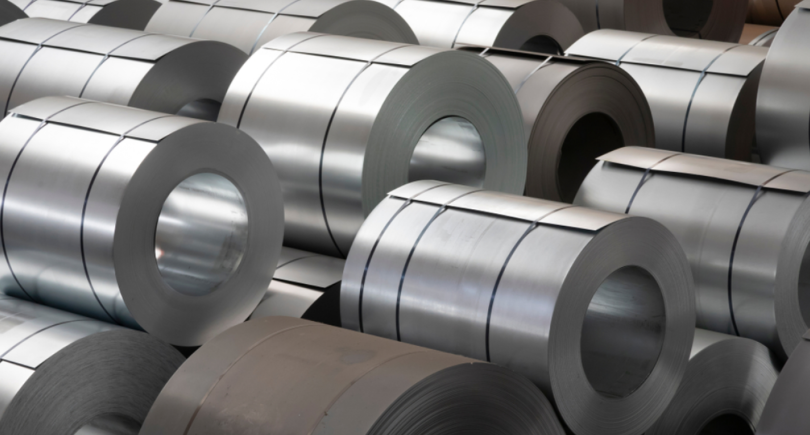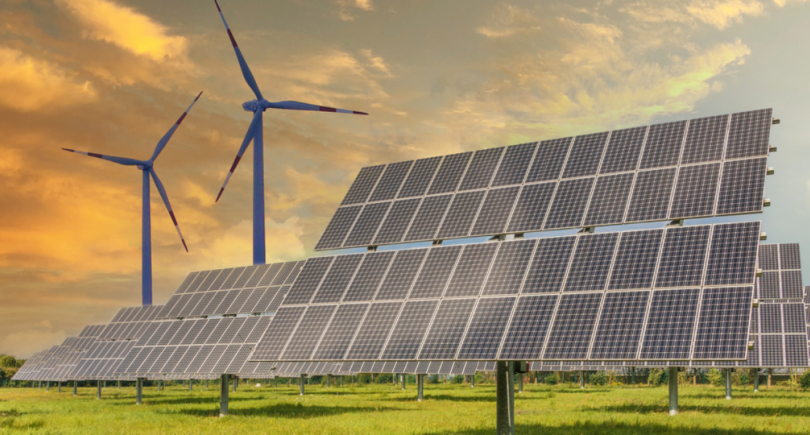
News Global Market construction 456 26 June 2023
Compared to March 2023, the indicator decreased by 0.4%
In April 2023, production in the construction sector of the European Union decreased by 0.1% compared to the same period in 2022. This is evidenced by Eurostat’s data.
Compared to March 2023, in April, seasonally adjusted production in EU construction decreased by 0.4%.
Among the EU countries, the largest monthly decline in construction was recorded in Slovenia (-6.6% m/m), the Netherlands (-5.3%) and Romania (-4.2%). The largest growth was observed in Belgium (+3% m/m), Germany (+2%) and France (+0.8%).
The construction of engineering structures in the EU decreased by 0.5% m/m for the month, but increased by 0.9% y/y, and the construction of buildings (residential and non-residential) decreased by 0.1% m/m and increased by 3.9% y/y.
As GMK Center reported earlier, in the first quarter of 2023, production in the EU construction sector increased by 0.4% compared to the same period. In particular, the construction of engineering structures increased by 0.8% y/y, and the construction of non-residential and residential buildings – by 0.3% y/y.
Since March 2023, construction activity in Europe has slowed down – by 1.2% y/y. and 1.9% m/m. In particular, in January, EU construction production increased by 3.3% y/y, and in February – by 1.4% y/y. It was thanks to the successful start of the year that the quarterly indicator managed to increase despite a significant drop in March.
Stagnation of the EU construction sector has a negative impact on demand and sentiment on the domestic market of long-term rolled steel. Since the end of 2020, construction in the European Union has been in a long period of recovery thanks to significant government support, which stimulated demand for steel products, but since the beginning of this year the European construction sector has suffered due to macroeconomic problems and uncertainty in the market.
According to Eurofer forecasts, in 2023 European construction activity will decrease by 1.6% compared to 2022.



